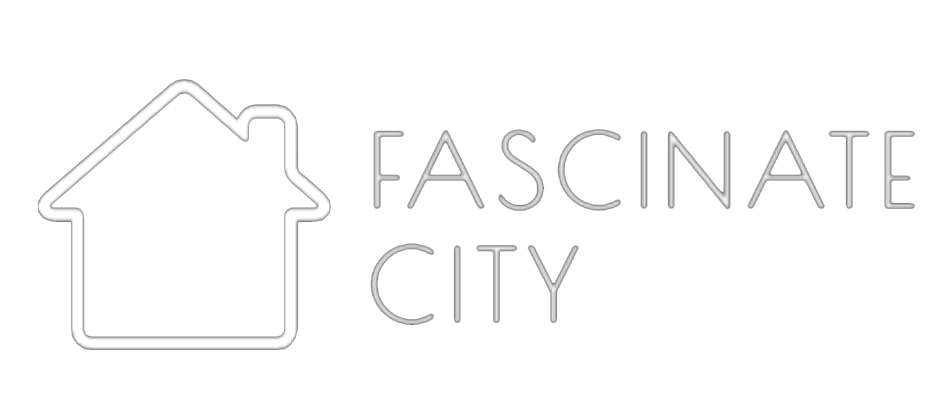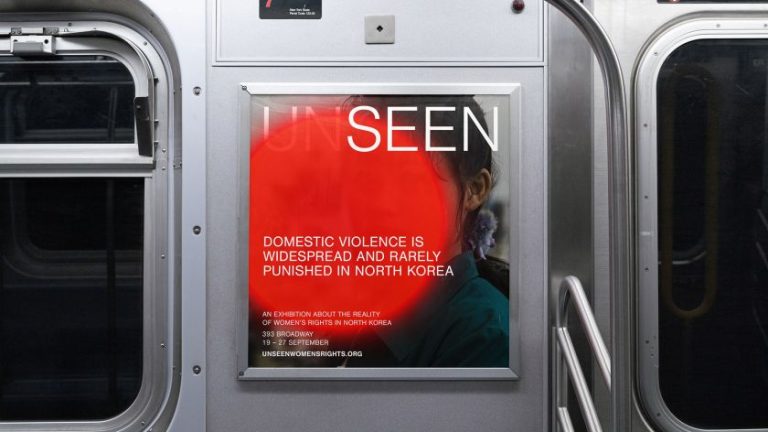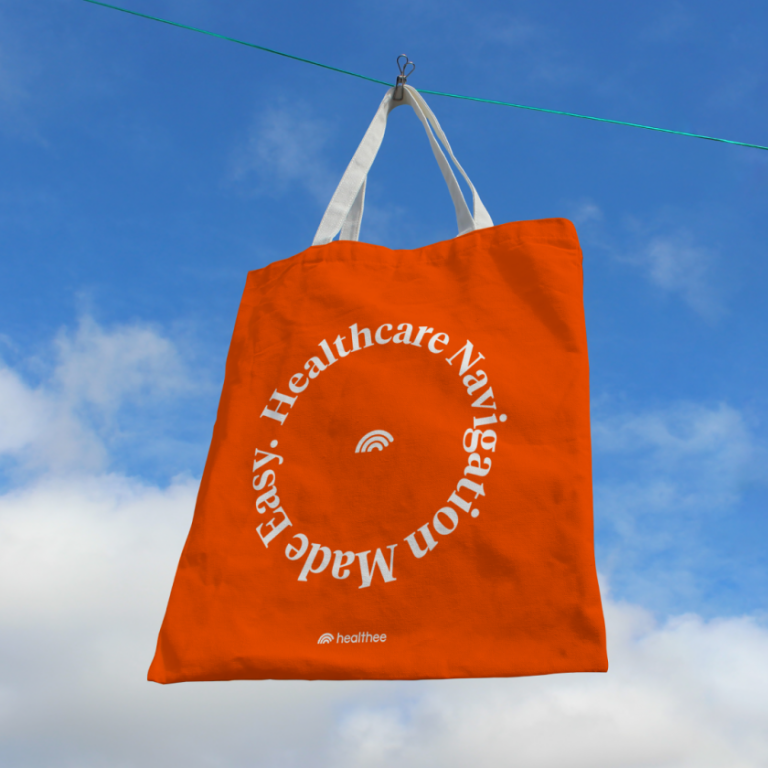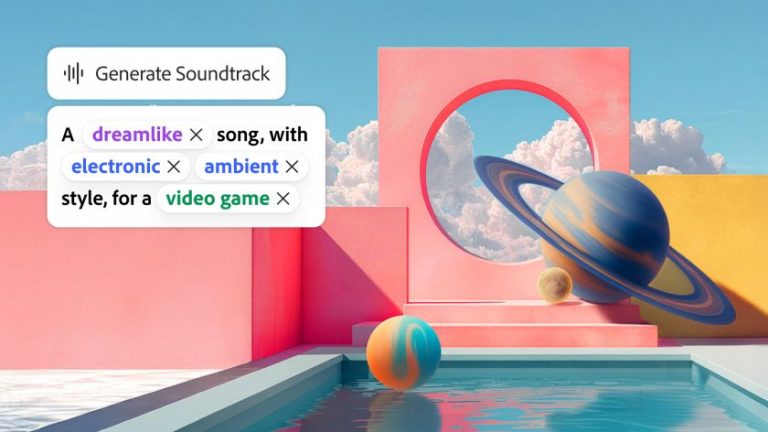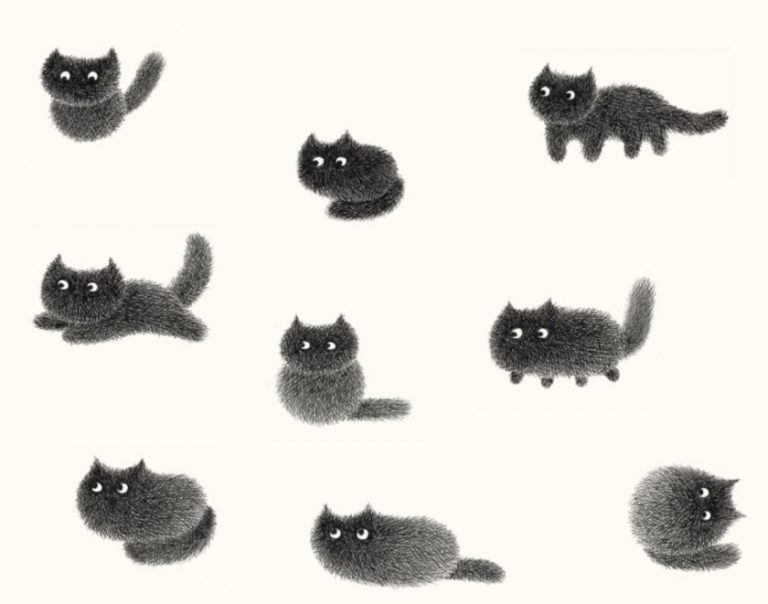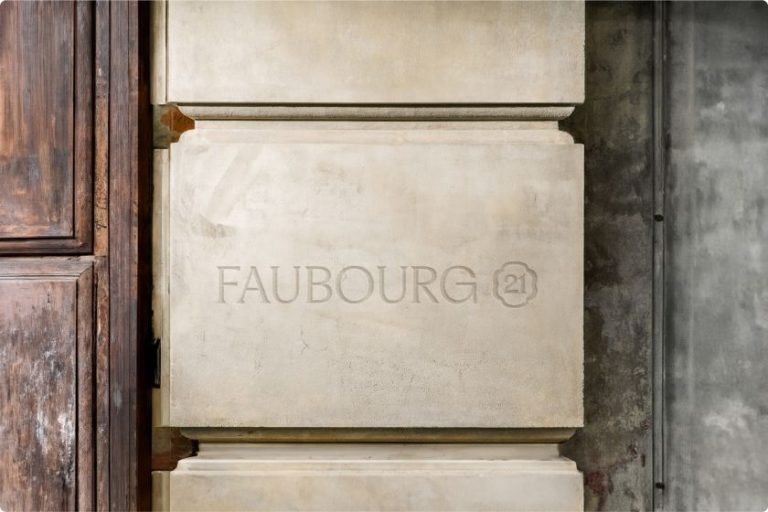Image licensed via Adobe Stock
Turn your creative skills into a fun and successful business, with a little help from SumUp.
I remember the night the penny dropped. It was 2am, I was hunched over a dodgy Chromebook in a damp little flat, wrestling with three spreadsheets to track my freelance jobs. A client still hadn’t paid after six months, and I realised I was spending more time chasing money than creating content.
And that’s when it hit me. Being good at your craft is only half the job. The rest is running the business side… without losing your marbles.
Fast-forward to 2025, and we’re living in the age of the creativepreneur: the creative individual who combines talent with business acumen to build something sustainable. But remember: if it isn’t easy for people to pay you, it doesn’t matter how brilliant your work is.
To explore this topic, we’ve teamed up with SumUp, which helps you get paid quickly and simply. Their pocket-sized card readers enable you to accept contactless payments anywhere, while QR codes and payment links simplify online sales. Add in professional invoicing and instant receipts, and you’ve got the tools to run an operation that’s as slick as your portfolio.
So, what exactly goes into the Creativepreneur Starter Pack? Let’s start with the thorny subject of pricing.
How to price your work
The biggest mistake we creatives make is charging too little. I once quoted £200 for work that took me 20 hours, as I didn’t want to scare the client off. Never again.
The trick is to work backwards from the income you aim to earn in a year, taking into account holidays, sick days, and the hours you’ll spend on office admin. If you’ve come from a salaried job, a good rule of thumb is to aim for approximately two and a half times your old daily wage.
For projects with clear deliverables, such as logos, website builds, or wedding shoots, packages are more effective than hourly rates. Clients like knowing exactly what they’re paying for, and you stop short-changing yourself for all those extra hours.
Once you’ve got some solid results under your belt, value-based pricing becomes the dream. After all, if your redesign helps a client make an extra £50,000 in sales per annum, charging £10,000 suddenly doesn’t look greedy, it just looks fair.
How to get paid promptly
Of course, good pricing only works if people actually pay you. Back in my spreadsheet days, I’d wait months for money to appear. Now, thanks to SumUp, the process is staggeringly easy.
At markets or pop-ups, you hand someone a SumUp card reader, such as Air or SumUp Terminal, they tap their phone or card, and you’re done. No rummaging for change, no “sorry, I don’t carry cash”.
Elsewhere, QR codes have become tiny business heroes. Stick them on your posters, business cards, your stall sign, and customers can pay you, book you or even tip you with a single scan. For online sales (digital downloads, one-off workshops, custom commissions), payment links are the simplest option. Send the link, get the money, bosh.
And when it comes to invoices? Presentation matters. Clean, branded invoices with clear terms and automatic reminders not only look professional but also cut down the time you spend awkwardly chasing payments. The golden rule is this: the easier you make it, the quicker people cough up.
Where to sell your work
Next, there’s the thorny question of where to sell. Relying on one channel is risky, and the strongest creative businesses mix it up.
When it comes to physical art and products, markets and pop-ups are brilliant for instant feedback and personal connections. There’s nothing like seeing someone’s face light up when they discover your work in person. They’re also brilliant for promotional content: behind-the-scenes shots of your stall or setup do wonders on socials.
Meanwhile, an online shop makes money for you while you sleep. Your website could be selling your prints to someone in Sydney while you’re making toast in Peckham. And if people are already following you on Instagram or TikTok, don’t make them leave the app to purchase; integrated shopping features mean they can go from “like” to “buy” in seconds.
How to build credibility fast
Just starting out? Then you face the issue of credibility. This often feels like a chicken-and-egg problem: you need testimonials to attract clients, but you need clients to get testimonials.
Begin close to home. That logo you whipped up for your mate’s pub? Get a review. The portraits you took for your cousin’s Christmas card? Ask for a testimonial. Even if they’re unpaid jobs, those little nuggets of feedback add weight to your portfolio.
Speaking of portfolios, be strategic. Don’t just show everything you’ve ever done; curate it to reflect the kind of work you actually want to do. If that means mocking up your dream book cover designs or creating sample menus for an imaginary restaurant, so be it. Clients care more about seeing what’s possible than where it came from.
Also, don’t just show the shiny finished product: show your process. Time-lapse videos of a painting coming to life, sketchbooks, and before-and-after shots of a redesign all help to build trust in your skills and products.
How to stay stress-free
No one sets out on a creative career because they’re excited about tax returns, but ignoring the admin will only make it worse. So start simple. Keep digital receipts for every expense, including paintbrushes, Adobe subscriptions, and travel costs. Payment systems like Sumup will do this for you automatically.
Don’t overcomplicate your bookkeeping, either. A basic tool that syncs with your payment system will save hours of double-entry. And for the sake of sanity, separate your business and personal finances as soon as possible. When tax season rolls around, you’ll thank yourself.
The real game-changer in 2026 is mobility. You can run almost everything from your phone. Your card reader lives in your bag, your invoices are sent via an app, and your portfolio’s in the cloud.
That means you can whip out your phone at a networking event, show your work, and take a deposit on the spot. You can launch a new product line in the time it takes for the kettle to boil. You can even run a workshop from your living room with nothing more than a half-decent internet connection.
Conclusion
As we head into 2026, the creative economy is buzzing but also more competitive than ever. The creatives who thrive will be the ones who excel at both aspects of the job: producing brilliant work and maintaining smooth business systems. They’ll price with confidence, make it effortless to pay, and keep their admin so light it barely feels like work.
Talent will get you noticed, but it’s the right toolkit that’ll take you further. And with SumUp in your pocket, you’ll spend less time chasing money and more time doing what you actually love—creating.
So the only question left is: are you ready to run your creative business like a pro in 2026?
